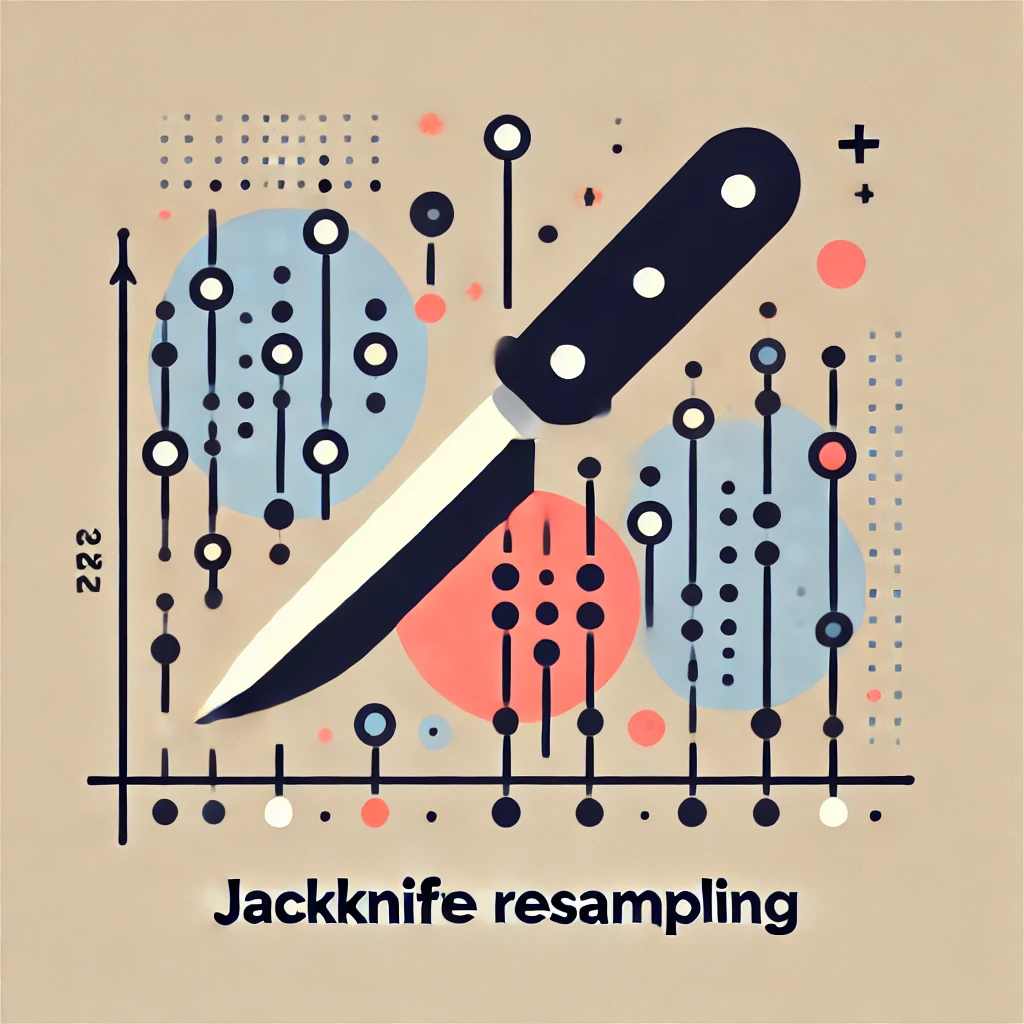Jackknife Resampling
Jackknife Resampling is a statistical technique used to estimate the accuracy and reliability of sample-based estimates. It works by systematically leaving out one observation at a time from the dataset and recalculating the estimator to measure its stability. This method helps in reducing bias and calculating standard errors, making it particularly useful for small datasets. Jackknife Resampling is widely applied in fields such as statistics, machine learning, and biostatistics. Compared to other resampling methods like bootstrapping, it is computationally simpler and provides reliable variance estimates
Table of Contents
- What is Jackknife Resampling?
- Key Concepts of Jackknife Resampling
- Steps Involved in Jackknife Resampling
- Common Applications of Jackknife Resampling
- Significance of Jackknife Resampling
- Implementation in Python
- Conclusion
What is Jackknife Resampling?
Jackknife resampling is a statistical technique used to estimate the bias and variance of a statistical estimator and to improve its accuracy. It is a resampling method that systematically leaves out one observation at a time from the dataset and computes the estimate multiple times. It is particularly useful in small-sample scenarios where traditional statistical methods might not be reliable. Given a sample of size n, a jackknife estimator can be built by aggregating the parameter estimates from each subsample of size (n-1) (n−1)((( (((obtained by omitting one observation.
The jackknife is a linear approximation of the bootstrap.
Key Concepts of Jackknife Resampling
Jackknife Resampling is a systematic method for evaluating the stability of an estimator. It involves creating multiple subsamples by systematically leaving out one observation at a time and recalculating the estimator for each subset. The fundamental steps involved are:
- Creating Subsamples: Given a dataset of size n, construct n subsamples, each excluding one observation.
- Computing Estimates: Calculate the desired statistical measure (e.g., mean, variance) for each subset.
- Estimating Bias and Variance:
- The jackknife estimate of a statistic is the average of all subsample estimates.
- The bias of the estimator is calculated using the difference between the jackknife estimate and the full sample estimate.
- The variance of the estimator is derived from the deviations of subsample estimates.
Steps Involved in Jackknife Resampling
Given a dataset with n observations:
X= {X1, X2, X3, ..., Xn}
and an estimator θ(X), the jackknife estimate is computed as follows:
Step 1: Create Jackknife Samples
Remove one observation at a time from the dataset.
Form n different subsets, each containing n−1 observations.
- First sample: X(1) = {X2 , X3, ..., Xn}
- Second sample: X(2) = {X1, X3, ..., Xn}
- Third sample: X(3) = {X1, X2, X4, ..., Xn}
- … and so on, until all n leave-one-out samples are created.
Step 2: Compute the Statistic for Each Subset
Compute the estimate θi for each subset:
θi = f(X(i)) (statistic computed on the ith jackknife sample)
This results in n different estimates:
θ1, θ2 , ... , θn
Step 3: Compute the Jackknife Estimate of the Statistic
The jackknife estimate of θ is given by the mean of all the estimates:
θjackknife = 1/n![]()
Step 4: Estimate Bias
The bias of the original estimator is given by:
Bias = (n − 1) × (θjackknife − θ )
where θ is the statistic computed from the full dataset.
Step 5: Estimate Variance and Standard Error
The jackknife variance is calculated as:
Var(θ) = n-1/n![]() θi - θjackknife )^2
θi - θjackknife )^2
And the standard error (SE) is:
SE = ÖVar(θ)
This helps in constructing confidence intervals for the estimated parameter.
Common Applications of Jackknife Resampling
Jackknife Resampling is widely used across various fields due to its ability to estimate bias, variance, and confidence intervals. Some key applications include:
Statistical Inference:
- Estimating confidence intervals and standard errors for various statistical estimators.
- Improving the accuracy of parameter estimates in small sample sizes.
Regression Analysis:
- Evaluating the stability of regression coefficients by repeatedly computing estimates after removing individual data points.
- Detecting influential observations that significantly affect regression results.
Machine Learning Model Validation:
- Used as an alternative to cross-validation for assessing model performance.
- Helps in reducing overfitting by analyzing how model predictions change when individual data points are removed.
Econometrics & Survey Analysis:
- Applied in economic and survey-based research to estimate standard errors of complex estimators.
- Commonly used in survey weighting and variance estimation for sample surveys.
Biostatistics & Epidemiology:
- Used in clinical trials and epidemiological studies to assess the reliability of risk estimates.
- Helps in evaluating the stability of diagnostic test performance metrics.
Geostatistics & Environmental Science:
- Applied in estimating geological parameters such as mineral concentrations and environmental pollutant distributions.
- Improves the robustness of spatial statistical models.
Phylogenetics & Bioinformatics:
- Used to assess the stability of phylogenetic tree reconstructions by recalculating tree structures with jackknife subsets.
- Helps in evaluating confidence measures in genetic sequencing analyses.
Significance of Jackknife Resampling
Jackknife Resampling plays a crucial role in statistical analysis due to its ability to estimate biases, variances, and confidence intervals. Its significance can be highlighted through the following key points:
Bias Reduction:
- Jackknife helps in reducing bias in statistical estimators by systematically leaving out observations and recalculating estimates.
- It provides a more accurate assessment of an estimator’s performance, especially in small datasets.
Variance Estimation:
- It is widely used to compute the standard error of estimators, helping in statistical inference.
- The jackknife variance estimate is particularly useful when traditional variance formulas are complex or unknown.
Computational Simplicity:
- Compared to bootstrap resampling, which requires a large number of resamples, Jackknife is computationally less expensive.
- It provides reliable estimates with fewer computations, making it efficient for real-world applications.
Robustness in Small Samples:
- Jackknife performs well with small datasets where traditional parametric methods might fail.
- It allows researchers to extract meaningful insights from limited data without making strong distributional assumptions.
Broad Applicability:
- It is applicable across various fields, including regression analysis, machine learning, biostatistics, and survey sampling.
- Used extensively in research areas where measuring statistical accuracy is critical.
Alternative to Cross-Validation:
- In machine learning and predictive modeling, Jackknife serves as an alternative to k-fold cross-validation by systematically evaluating model stability.
- Helps detect influential data points that significantly impact model predictions.
Non-Parametric Approach:
- Unlike traditional parametric methods, Jackknife does not rely on strong assumptions about data distribution.
- This makes it useful for analyzing complex datasets with unknown statistical properties.
Implementation in Python
import numpy as np
def jackknife_resampling(data, statistic_function):
n = len(data)
jackknife_estimates = np.zeros(n)
for i in range(n):
jackknife_sample = np.delete(data, i)
jackknife_estimates[i] = statistic_function(jackknife_sample)
jackknife_mean = np.mean(jackknife_estimates)
bias = (n - 1) * (jackknife_mean - statistic_function(data))
variance = ((n - 1) / n) * np.sum((jackknife_estimates - jackknife_mean) ** 2)
standard_error = np.sqrt(variance)
return jackknife_mean, bias, standard_error
# Example dataset
data = np.array([10, 20, 30, 40, 50])
# Applying Jackknife Resampling
mean_estimate, bias, se = jackknife_resampling(data, np.mean)
# Display results
print(f"Jackknife Mean Estimate: {mean_estimate}")
print(f"Bias: {bias}")
print(f"Standard Error: {se}")
Output:
Jackknife Mean Estimate: 30.0
Bias: 0.0
Standard Error: 7.07
Conclusion
Jackknife Resampling is a valuable technique for assessing the reliability of statistical estimators. It is particularly effective in bias correction and variance estimation, making it useful in fields such as statistics, machine learning, and biostatistics. Although it is computationally simpler than bootstrapping, it remains a robust method for improving the accuracy of statistical estimates.
Featured Blogs

BCG Digital Acceleration Index
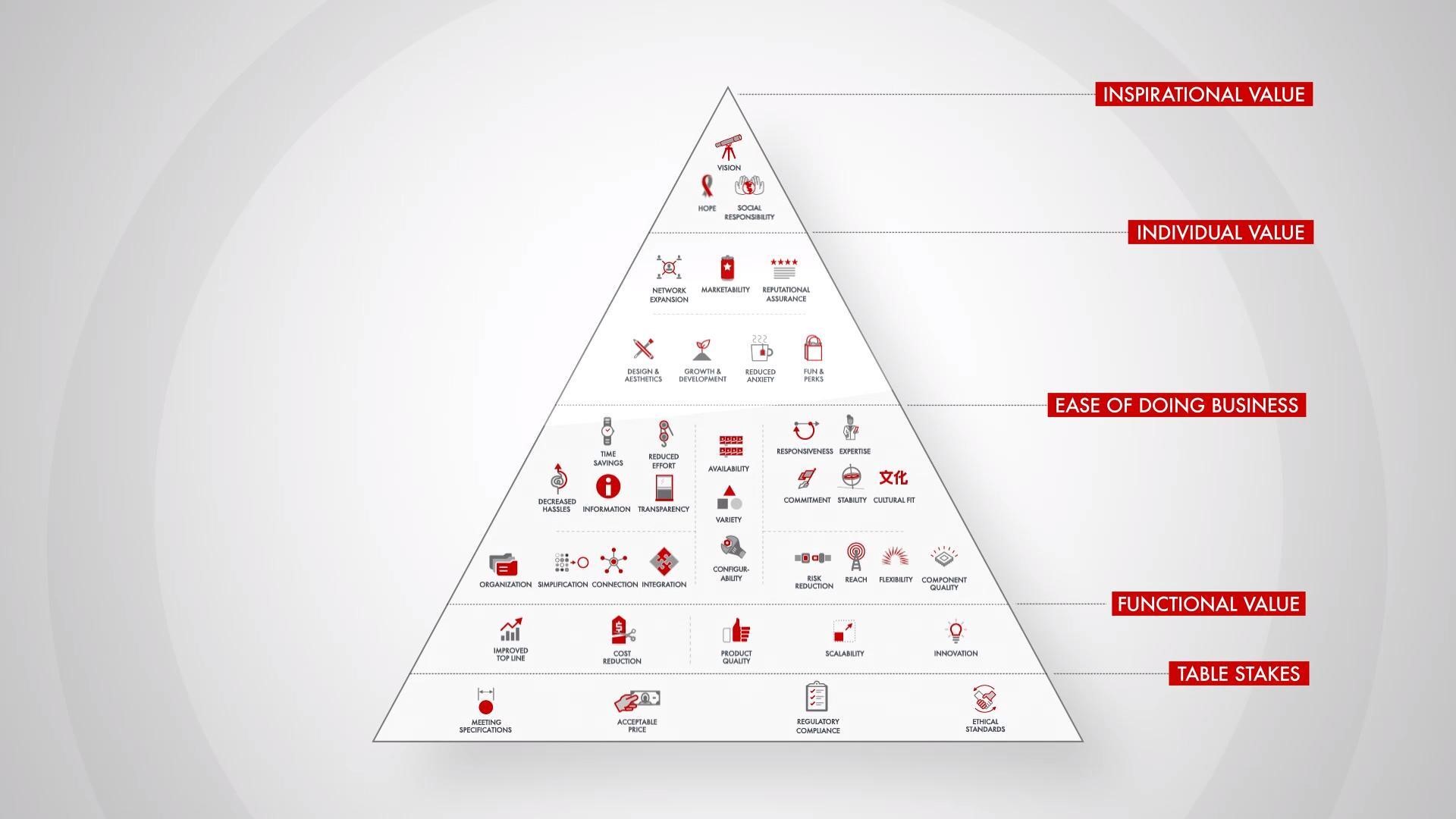
Bain’s Elements of Value Framework
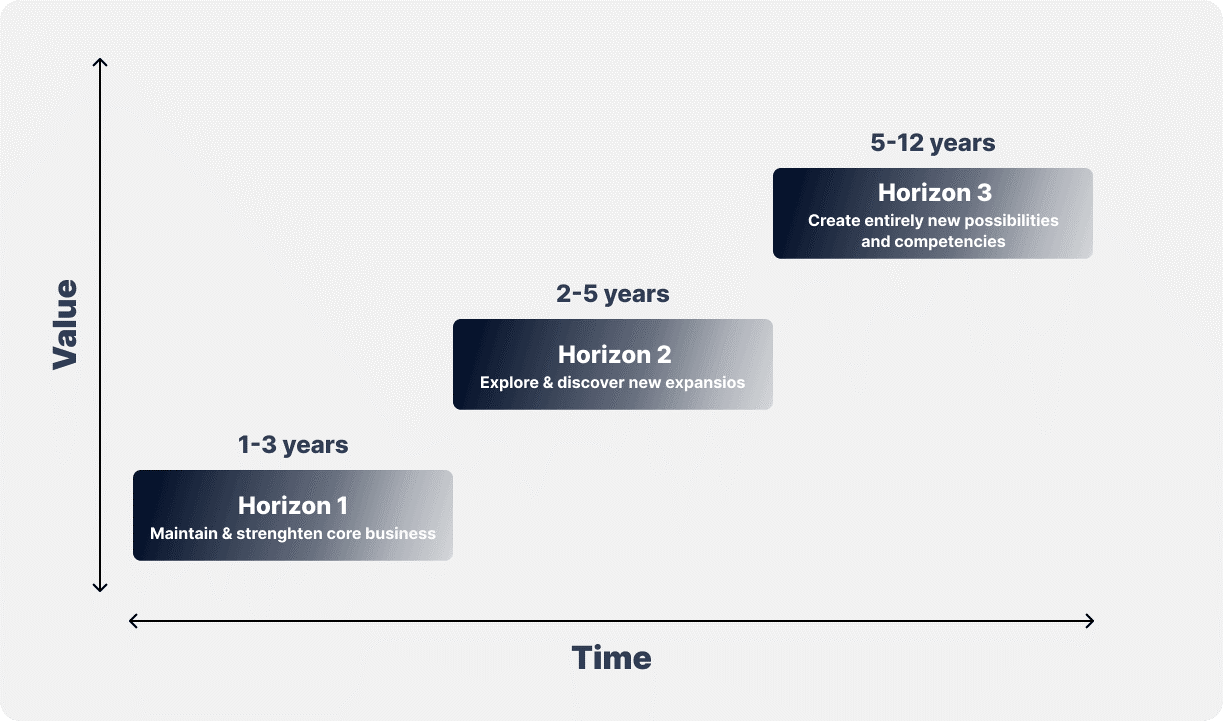
McKinsey Growth Pyramid
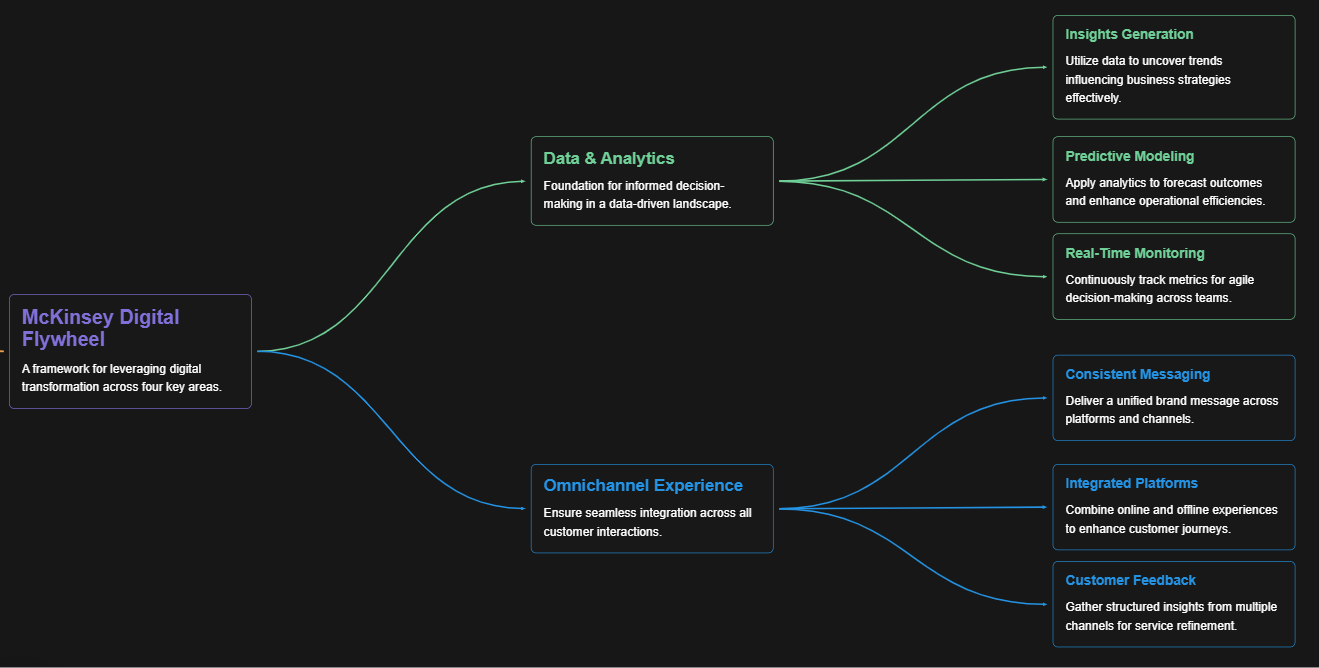
McKinsey Digital Flywheel
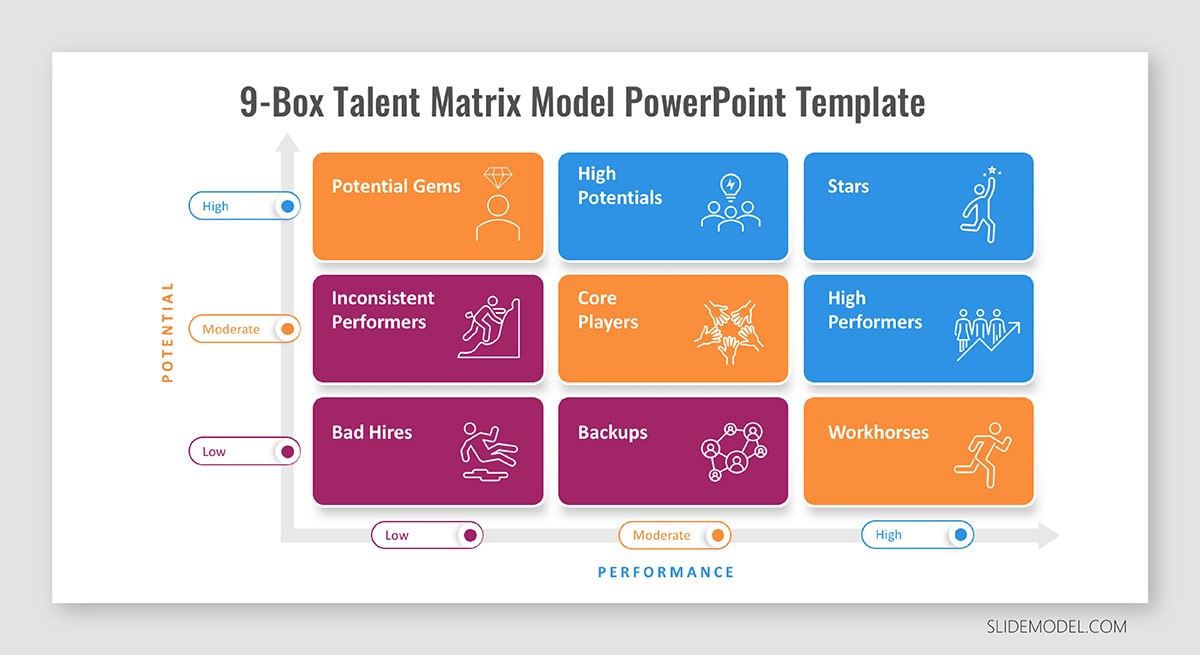
McKinsey 9-Box Talent Matrix
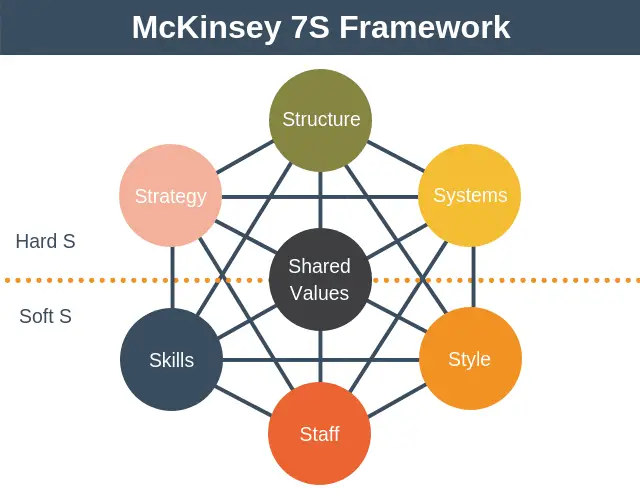
McKinsey 7S Framework
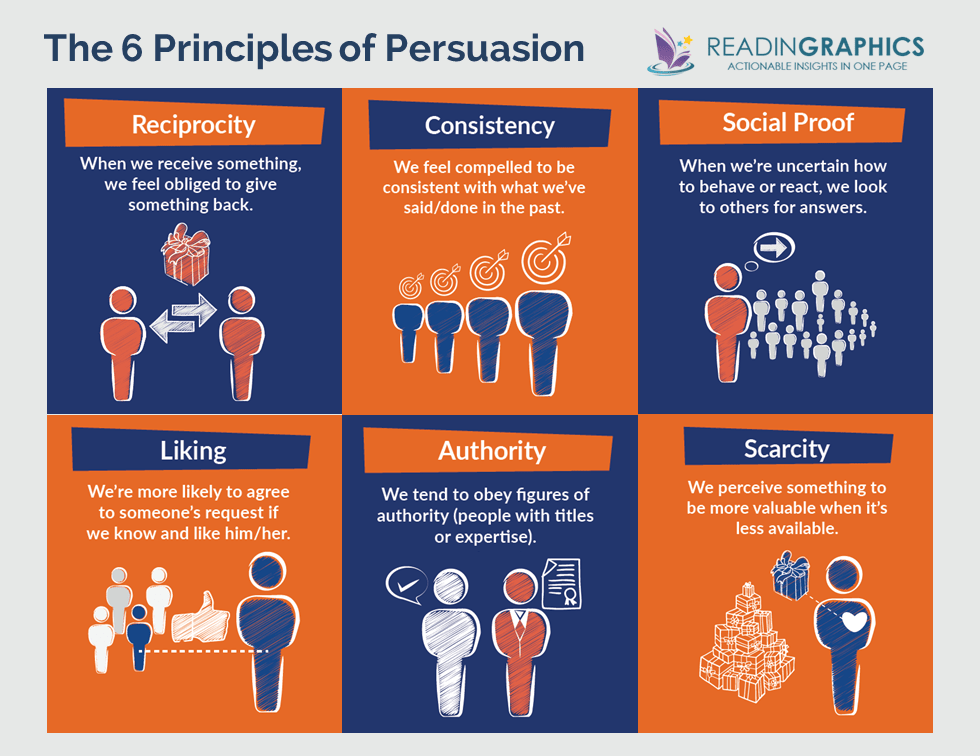
The Psychology of Persuasion in Marketing

The Influence of Colors on Branding and Marketing Psychology

What is Marketing?
Recent Blogs

Part 8: From Blocks to Brilliance – How Transformers Became Large Language Models (LLMs) of the series - From Sequences to Sentience: Building Blocks of the Transformer Revolution

Part 7: The Power of Now – Parallel Processing in Transformers of the series - From Sequences to Sentience: Building Blocks of the Transformer Revolution
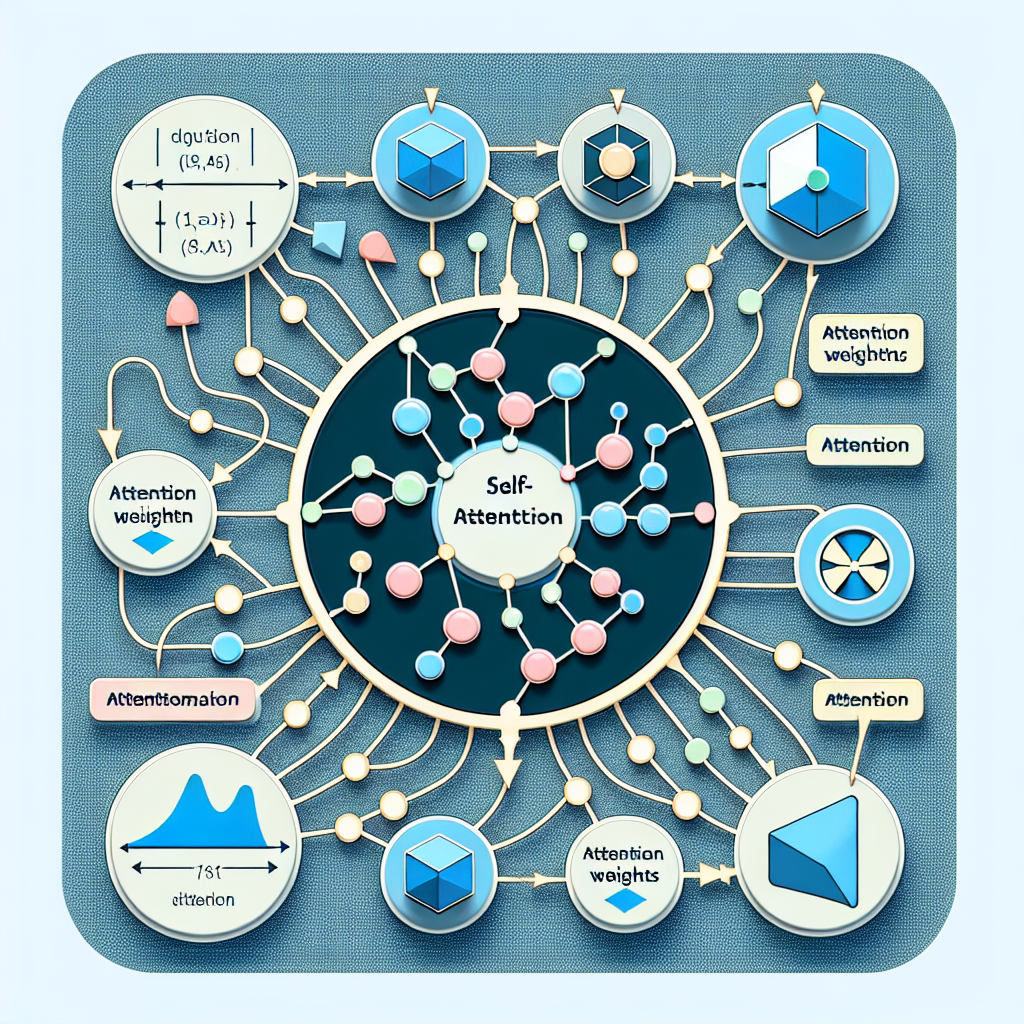
Part 6: The Eyes of the Model – Self-Attention of the series - From Sequences to Sentience: Building Blocks of the Transformer Revolution

Part 5: The Generator – Transformer Decoders of the series - From Sequences to Sentience: Building Blocks of the Transformer Revolution

Part 4: The Comprehender – Transformer Encoders of the series - From Sequences to Sentience: Building Blocks of the Transformer Revolution of the series - From Sequences to Sentience: Building Blocks of the Transformer Revolution


